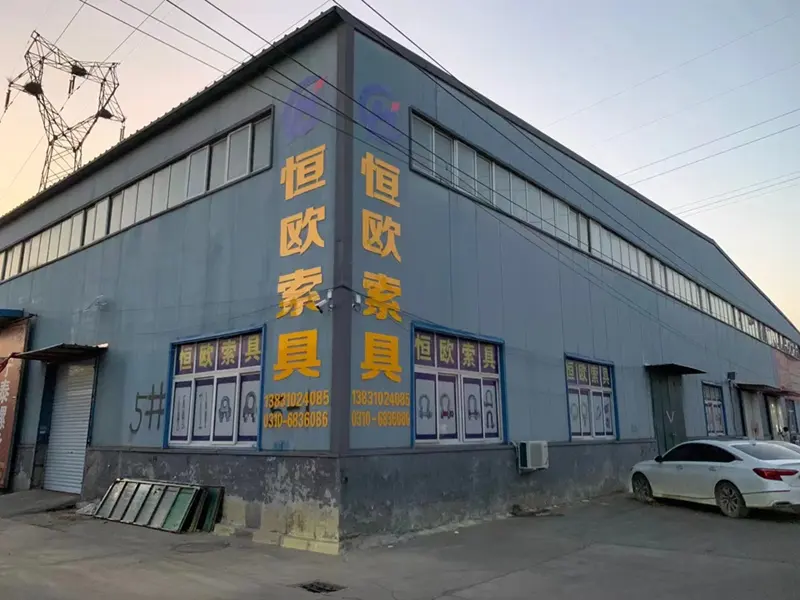
ທ.ວ. . 12, 2024 10:43 Back to list
hpmc-hydroxypropyl methyl cellulose factory
The HPMC A Comprehensive Overview of Hydroxypropyl Methyl Cellulose Production
Hydroxypropyl Methyl Cellulose (HPMC) is a widely used cellulose ether that finds applications in various industries, including pharmaceuticals, construction, food, and personal care products. The production of HPMC occurs in specialized factories designed to ensure high quality and consistency in the final product. This article delves into the intricacies of HPMC manufacturing, exploring its properties, applications, and the importance of choosing a reliable factory.
Understanding HPMC
HPMC is derived from cellulose, a natural polymer found in the plant cell walls. The process of creating HPMC involves the etherification of cellulose with propylene oxide and methyl chloride. This modification enhances the properties of cellulose, providing solubility in water, improved binding, and thickening capabilities. The levels of hydroxypropyl and methoxy groups introduced during the synthesis can be adjusted to yield various grades of HPMC, each suitable for different applications.
One of HPMC’s most significant characteristics is its ability to form a gel-like substance when mixed with water. This property is particularly useful in the food industry, where HPMC serves as a thickener, stabilizer, and emulsifier. Moreover, its non-toxic nature makes it a preferred ingredient in pharmaceutical formulations, particularly in tablets and capsules, where it acts as a binder and controlled-release agent.
Applications of HPMC
The versatility of HPMC is evident in its diverse range of applications across numerous sectors
1. Pharmaceuticals In the pharmaceutical industry, HPMC is used extensively for controlled drug release formulations. Its ability to swell and form gels allows for the sustained release of active ingredients, improving therapeutic effectiveness.
2. Construction HPMC is a vital component in construction materials such as adhesives, tile mortars, and plasters. It enhances the viscosity and workability of these materials, ensuring better adhesion and consistency in application.
hpmc-hydroxypropyl methyl cellulose factory

3. Food Industry In food processing, HPMC serves as a food additive, providing texture, moisture retention, and improved mouthfeel to various products, including bakery items, sauces, and dairy products.
4. Personal Care HPMC is also utilized in cosmetic formulations, where it acts as a thickening agent in creams and lotions, providing a desirable consistency and feel.
5. Paints and Coatings HPMC is used in the formulation of paints and coatings, contributing to improved texture and stability while reducing the tendency to settle.
Importance of Choosing the Right Factory
When selecting a factory for HPMC production, quality control, production capacity, and compliance with international standards are paramount. High-quality HPMC should possess consistent viscosity, purity, and functional properties, all of which are influenced by the manufacturing process.
A reputable HPMC factory typically employs advanced technology and stringent quality assurance practices. This includes raw material selection, processing techniques, and rigorous testing of the final product. Factories that adhere to Good Manufacturing Practices (GMP) and have certifications such as ISO 9001 ensure that their products meet the highest standards of quality and safety.
Moreover, sustainability practices have become increasingly essential in the production of chemicals. Factories that focus on environmentally friendly processes, such as minimizing waste and utilizing renewable energy sources, contribute positively to their communities and the planet.
Conclusion
In summary, Hydroxypropyl Methyl Cellulose is a multifunctional material that plays a crucial role in a variety of industries. The production of HPMC in dedicated factories necessitates attention to detail, quality control, and adherence to safety standards. As demand for HPMC continues to grow across various applications, the importance of selecting a trustworthy and competent factory cannot be overstated. This ensures that industries benefit from high-quality products that meet their specific requirements, ultimately contributing to innovation and growth in their respective fields. With advancements in technology and increasing awareness of sustainability, the future of HPMC production looks promising.
-
Versatile Hpmc Uses in Different Industries
NewsJun.19,2025
-
Redispersible Powder's Role in Enhancing Durability of Construction Products
NewsJun.19,2025
-
Hydroxyethyl Cellulose Applications Driving Green Industrial Processes
NewsJun.19,2025
-
Exploring Different Redispersible Polymer Powder
NewsJun.19,2025
-
Choosing the Right Mortar Bonding Agent
NewsJun.19,2025
-
Applications and Significance of China Hpmc in Modern Industries
NewsJun.19,2025







